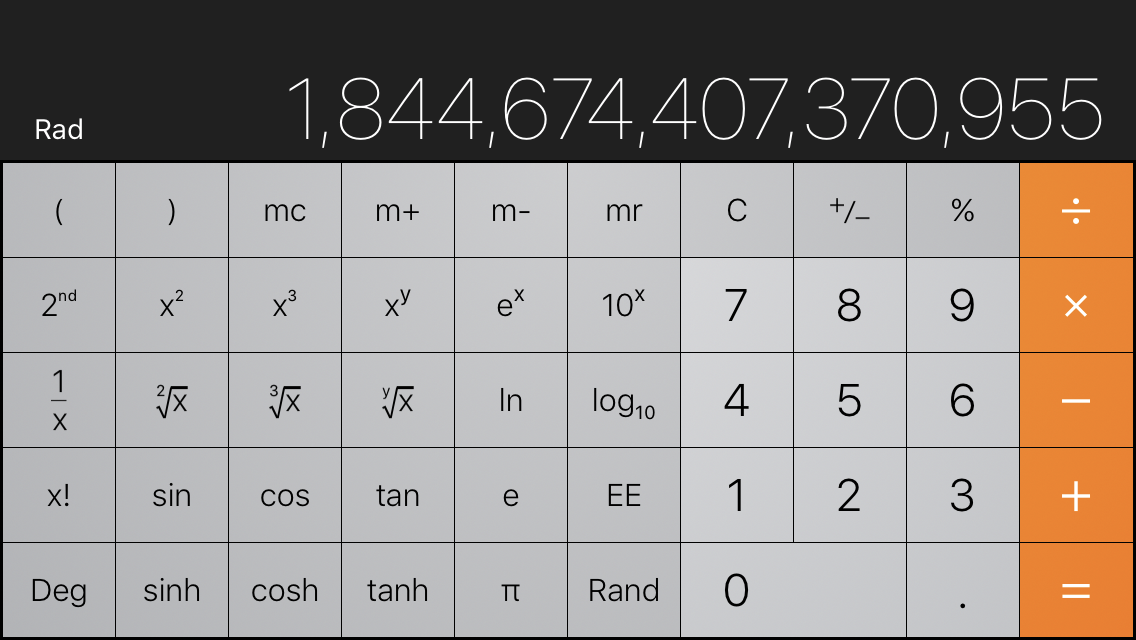The ContainerControl is one of the most versatile control classes included in the Xojo framework both for Desktop and Web apps. In fact, it paves the way to complex UI controls creation with the same simplicity you are used to while designing your window layouts. Even better, once you create your complex UI controls using the ContainerControl, you will be able to add them to your Window layouts as if they were regular controls. Plus, you will enjoy the fruits of better OOP encapsulation and the fact that you can create and use the controls dynamically at run time. Want to see this in action? Follow this tutorial and video to create the basis of a multiplatform search field based on the ContainerControl class.
Comments closedCategory: Cross-Platform
Server Ranger started life as a small in-house Xojo console project that I used to monitor servers for several clients. Rather than getting paged (in the very early days) or getting angry phonecalls from clients, it was much more pleasant to have my app play an alert on my Mac and send me an email to notify me of a server issue. With this heads-up, it was often possible to have the issue resolved before a client even realised there had been an issue.
Like many in-house solutions, the demand on Server Ranger increased over time and it became a more vital part of my business.
Comments closedIn Xojo 2016 Release 4 we switched our main graphics rendering engine on Windows from GDI and GDI+ to Direct2D/DirectWrite. Direct2D/DirectWrite was first introduced by Microsoft in Windows 7, with support in Vista via a Platform Update. It is (or was at the time) Microsoft’s new high-performance 2D vector Graphics API.
Comments closedRecently there was a question posted on the Xojo Forum about why a protected property on a control subclass could not be manipulated by an event handler in an instance event handler.
Comments closedJust in time for Xojo 2017 Release 1 and its Remote Debugger for the Raspberry Pi, we released a new book “Programming the Raspberry Pi with Xojo”. The book contains 19 chapters that introduce you to the Raspberry Pi, take you through setting it up and covers learning about Xojo programming for the Pi. Develop and build console and desktop apps for the Pi using Xojo 2019r1 or later for free (download)!
The book includes 8 step-by-step projects for creating a variety of Xojo apps for the Raspberry Pi, including: a text adventure, a music player, a game, Internet access, a web app, plus hardware projects.
Comments closedOne of the most frequent requests we get about the web framework is the ability to include raw HTML code when setting text. Starting in 2017, this is now possible… and perhaps ironically, it’s activated using an html-style tag.
Comments closedWhether Software Developer is in your job description or not, you should understand the difference between 32-bit and 64-bit. Read on for a clear answer.
Comments closedXojo 2017 Release 1 includes support for running and debugging 64-bit apps right from the IDE for macOS and Linux. Windows support is noticeably absent. Why? The answer is a bit complicated but interesting.
Comments closedUsing the Remote Debugger means that you can run Xojo apps on the Pi for testing and development without have to first purchase a Xojo license.
Comments closedThere’s been a bit of discussion about how the new Xojo.Net.HTTPSocket is slow for some users on Windows, which we’ve been trying to isolate to…
Comments closed
